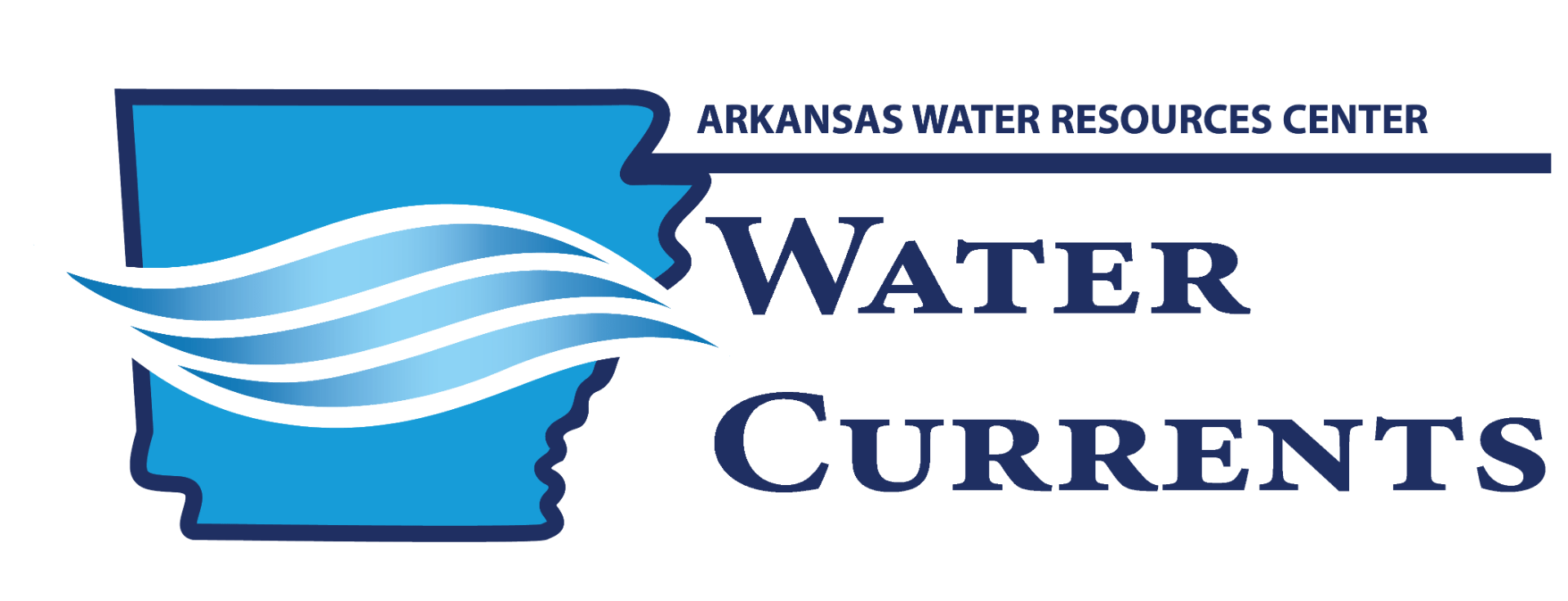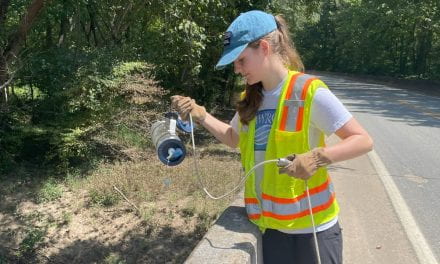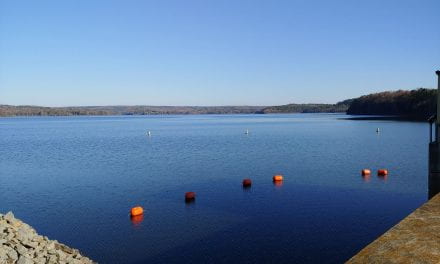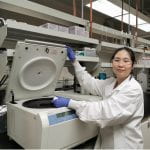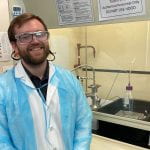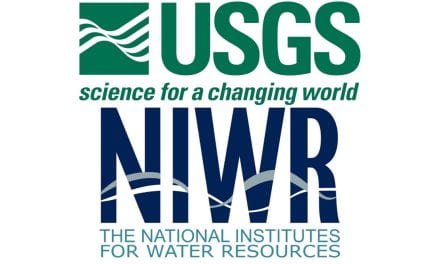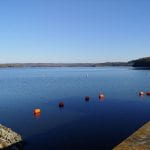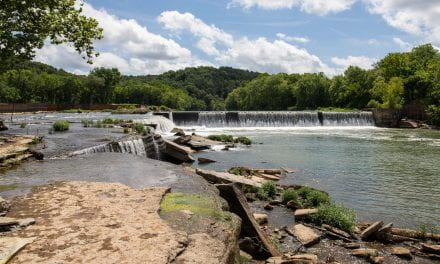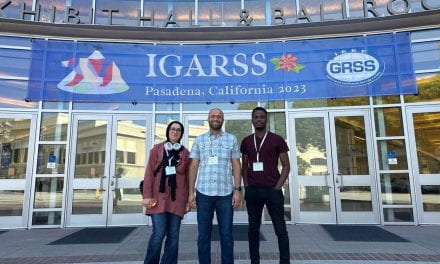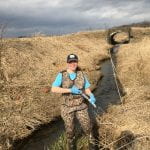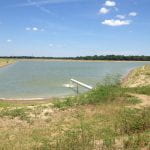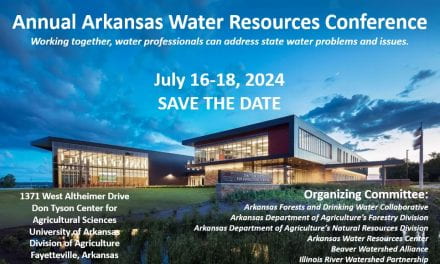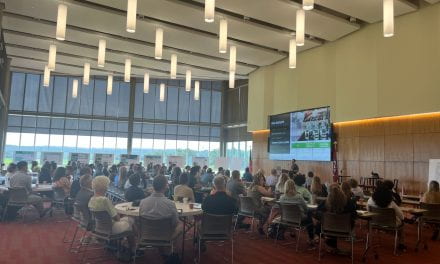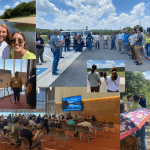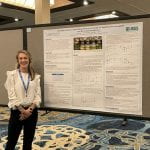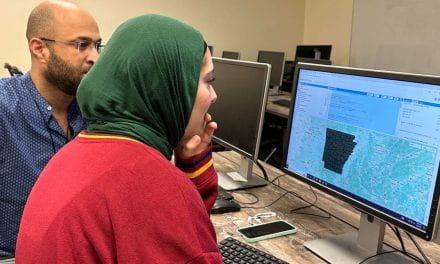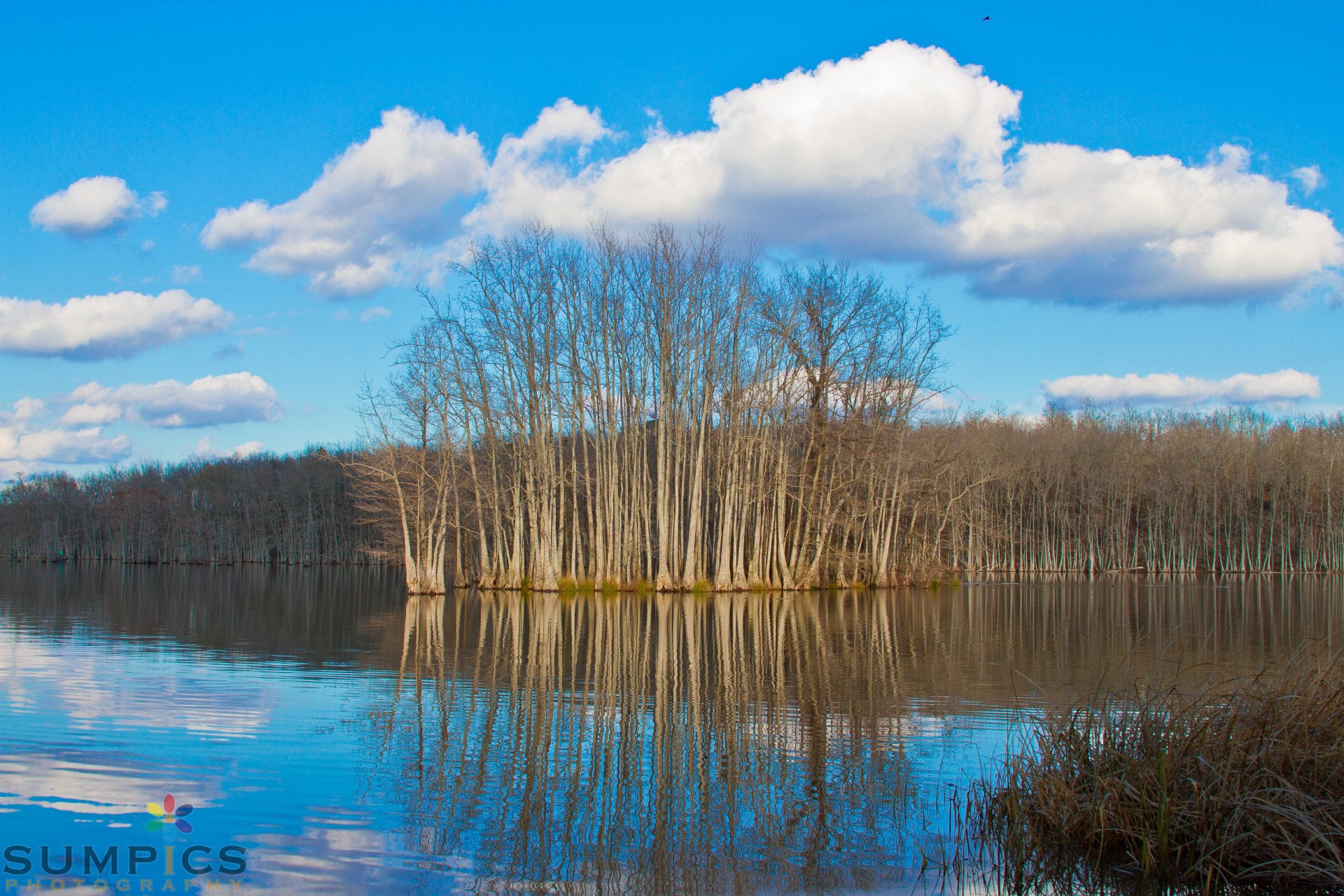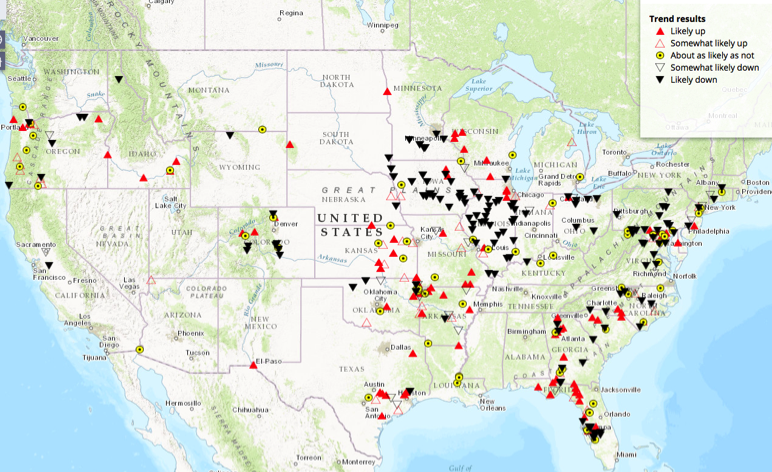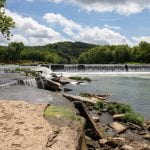
Bipartisan Group of 53 Lawmakers Urge Robust Funding for Harmful Algal Blooms
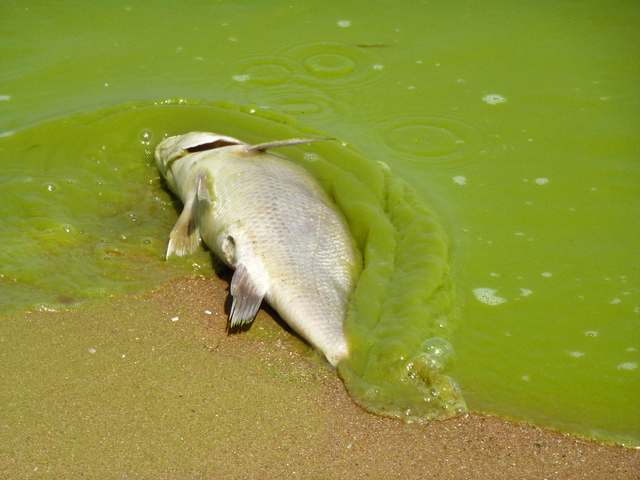
“A strong investment in programs that address toxic algae will help protect economic activity, the health of U.S. citizens, and our environment,” the Members wrote.
HABs are a widespread issue that affect every state in the nation. The letter references several recent examples of these impacts, including:
- 400,000 residents who couldn’t drink their water for three days after a massive bloom in Lake Erie;
- a toxic bloom from southern California to Alaska that closed hundreds of miles of shellfish and crab fisheries and cost tens of millions of dollars from one fishery alone;
- 130 people reporting vomiting, diarrhea, headaches, and rashes after coming in contact with toxic water from a bloom in Utah Lake;
- major shellfish recalls and harvesting closures across coastlines in New England; and
- counties in Florida declaring a state of emergency after blooms led tourists to say they’d vacation elsewhere.
“We strongly support investment in science, research, and management to increase our capacity to forecast, detect, and prevent HABs, as well as to lessen their impacts on human health and economies across the country,” the Members continued.
AWRC Contributes to HABs Research
Brian Haggard, Center director, is developing a project that will look at approximately 60 sites in streams, lakes, and ponds of Arkansas to see if algal toxins are present. Previous studies have shown that cyanobacteria or the associated cyanotoxins are quite prevalent in lakes and even streams around the country, so Haggard’s work could shine light on the growing threat of HABs in Arkansas.
The AWRC plans to invest in appropriate equipment and personnel training to quantify cyanotoxins which will allow them to process and analyze their own water samples. Since the AWRC water quality lab is open to the public, researchers and other individuals will be able to send samples to the lab for analysis.
HABs in Arkansas
While HABs in Arkansas currently aren’t as big a problem as they are in other areas of the country, we have had some issues. For example, the Army Corps of Engineers closed all swim beaches on Nimrod Lake in the summer of 2014 because of a bloom.
The Arkansas HABs working group was formed in 2015 and includes members from state agencies, drinking water utilities, university research groups such as the AWRC, and other interested stakeholders. The working group aims to:
- develop a plan for statewide assessment of risks to public health from cyanotoxins;
- provide guidance on water sampling, testing, and protocols for toxins; and
- recommend strategies to reduce and prevent future HABs.
